Metal and wood benches
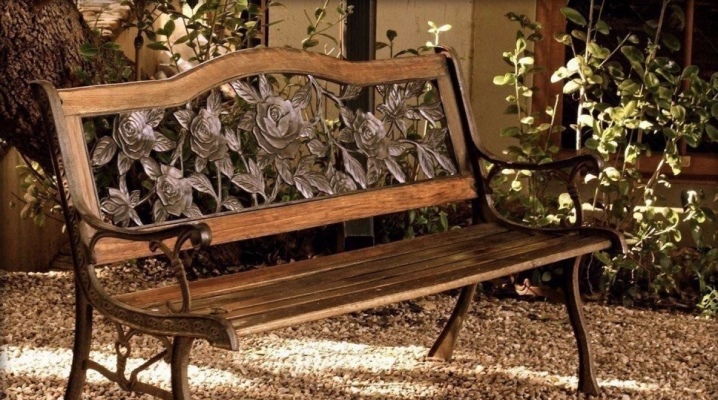
A country bench is not only an excellent solution for a pleasant pastime after working in the garden, but also a decoration of the site. Such a design will help create interesting compositions in combination with the courtyard exterior. For the independent manufacture of benches for a summer residence, both metal and wooden, much experience is not required. Natural and artificial materials will fit perfectly into any style.
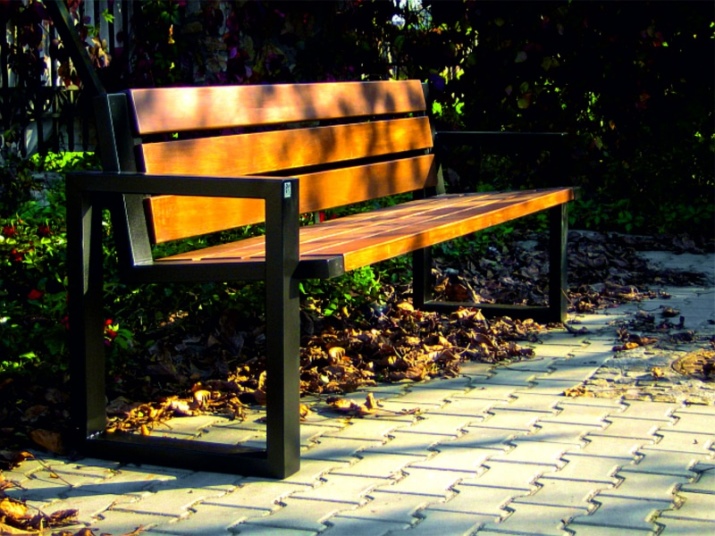
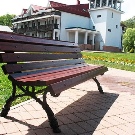
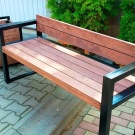

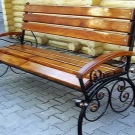
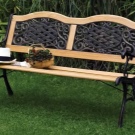
Advantages and disadvantages
Combined designs look great on backyards, terraces, open fires and recreational areas.
In the gazebo, you can put seats without a back wall, and for the garden you need models with a back and armrests.
The metal frame has a number of advantages:
- high reliability;
- resistance to weather changes;
- frost resistance;
- scratch resistance.
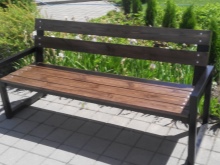
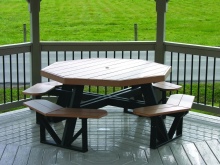
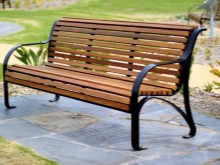
Benefits of wood:
- art style;
- the ability to organically fit into any exterior;
- a wide range of varieties: alder, oak, walnut, pine and others.
Important! Both metal and wood must be treated with a special compound that repels water, and then covered with a coloring agent.
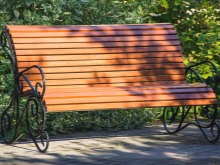
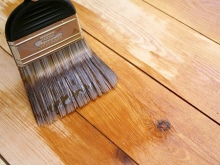
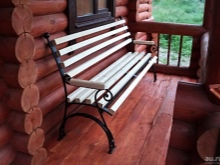
Variety of models
On household plots, forged lace, cast from cast iron or uncomplicated options with backs and seats are installed.
The benches in question are of several varieties:
- covered with a canopy;
- without a visor;
- ordinary;
- with back support.
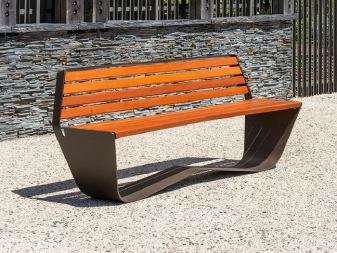
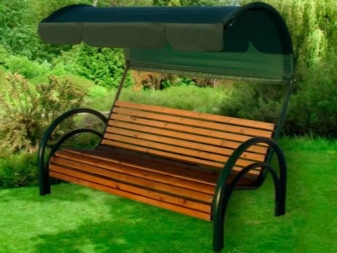
Metal or wooden benches without a visor are suitable for a short rest after hard physical work in the country. They are installed in the shady part of the site, in a closed gazebo or in a place convenient for the user. They are also placed in decorated areas under the pergola, and they can be supplemented with unusual decorative elements, neat pillows that differ in shape and color, and wrought-iron backs.
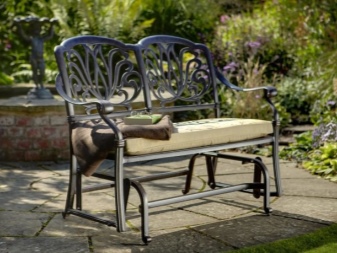
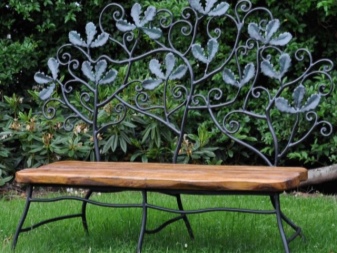
A beautiful wooden bench on a metal frame with a back wall is placed in a convenient place under the foliage of growing trees and overlooking the flowering flower beds.
Such benches are divided according to the option of installation on stationary and mobile structures. The latter are easily removed in winter for storage until the next season in a utility room or barn. The first models are installed near an open fire or in a dining area.

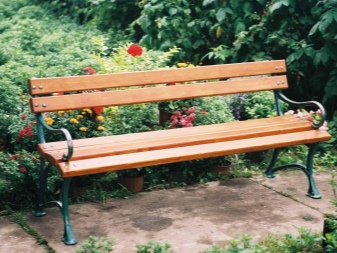
Wrought iron benches
The products are included in the category of luxury furniture that adds solidity to any garden and enhances the status of the owner.
They are welded from elements that are processed on metal frames. To create a garden shop using components, you will need blanks and a drawing. The project includes the marking of parts, as well as the designation of their locations.
All components are fixed by welding, and the seam part is cleaned, polished and primed.

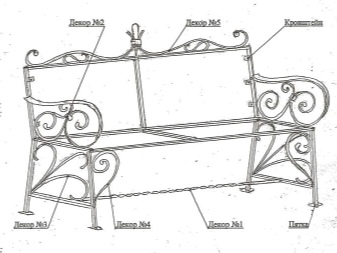
Interior benches and benches made of iron
Iron structures without the inclusion of plastic or wood in the frame are considered to be vandal-proof, not prone to damage, shock and scratches. Only such furniture is irrational and not very suitable for installation in the courtyards of private houses. Metal, unlike other materials, heats up quickly, makes sitting uncomfortable and is even harmful to health. The best option would be a combined product: a frame made of iron, and the seat and back itself are made of wood.
The difference between a bench and a bench is the presence of a back back: the first has it, and the second does not.
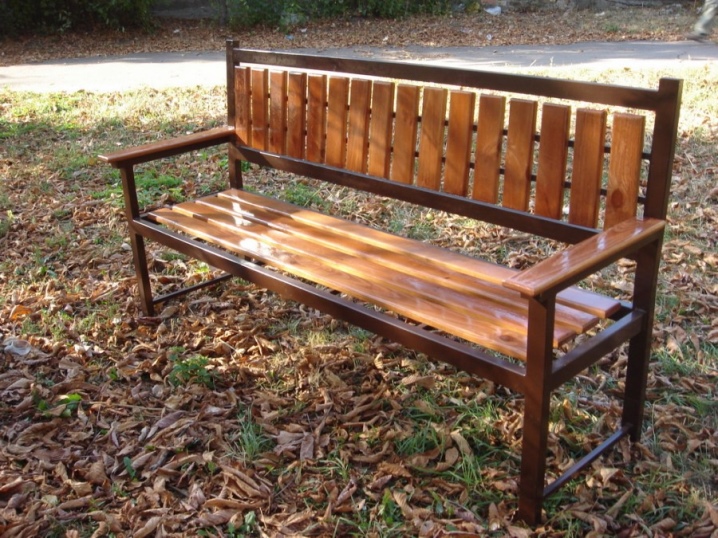
The seat base can be completely metal or with wooden elements. Strength is achieved by adding metal plates to the frame, securing the bars, and the surface for the seat is sheathed with a soft cloth.
The number of supporting parts or legs is:
- 2 pcs. - in the form of the letter "T";
- 4 things. - installed on the ends of the bases;
- 6 pcs. - an additional pair is mounted in the middle.
The appearance of the product will depend on the idea of the master with a predetermined and drawn pattern.
The backrest is placed on the base of the rear length, and to increase the rigidity of the structure, it is combined with the armrests.
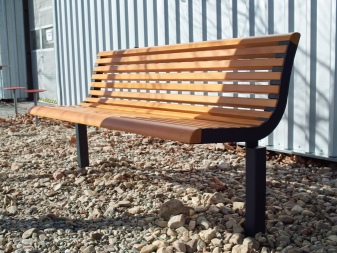
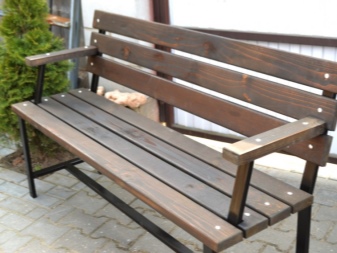
Choice of materials
If you are going to make a garden or country bench, you should definitely pay attention to the design features, style design and what the product consists of.
Wood
Wood should be chosen for outdoor furniture, which is durable and does not react to precipitation. There are breeds that are most often used for such purposes.
- Pine. Lightweight wood with a yellowish tint, unique texture and brownish knots. Improves with age, inexpensive cost, excellent resistance to swelling and shrinkage. Due to its softness, the breed in question can be exposed to external dents and scratches.
- Acacia. Quite dense wood, not subject to environmental influences. The wood has a pleasant golden hue.
- Cedar. Has a high resistance to decay and insects. The light weight makes wood an ideal choice when you need to reposition objects.
Weather conditions can affect unvarnished and unpainted cedar. The material is quite soft and prone to dents and scratches.
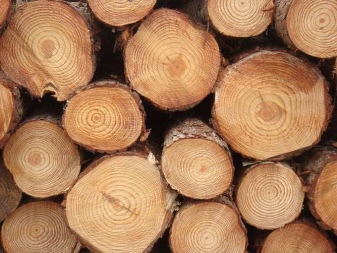
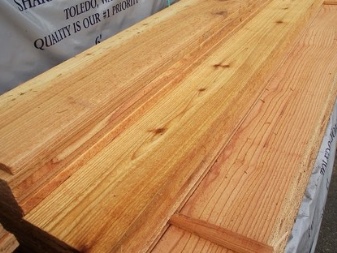
Metal
For outdoor furniture, iron parts should be anti-corrosive. Various types of metal are used for the manufacture of benches.
- Aluminum. Aluminum tubes are useful for DIY garden furniture design. They are very easy to maintain, rust-free and easy to clean. Lightweight metal resists corrosion, guaranteeing durability and aesthetic appearance.
- Steel. Represents traditional structural parts: channels, angles or tubes. Flexible steel, unlike other heavy alloys, makes furniture comfortable and comfortable for owners.
- Cast iron. Much heavier than aluminum or steel, they choose it, having a desire to own stable stationary structures that are not afraid of even a strong hurricane.

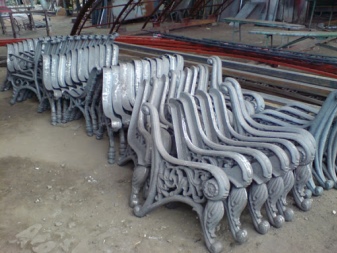
Drawings and dimensions
To make the product correctly, you will need good examples of country benches, sketches and dimensional drawings.
To find an individual size, you need to take into account some rules.
- The height of the workpiece is determined by the length of the tibia (35 to 50 cm). High benches will create discomfort with hanging legs or bent knees.
- The design requires a little nuance regarding the backrest / seat ratio. The right angle between them forces the seated person to be in a straight position. Of course, this has its advantages, if you think from the point of physiology, but it will be very uncomfortable to sit. It is better to do the back with a backward slope, which will help to sit comfortably on the bench.
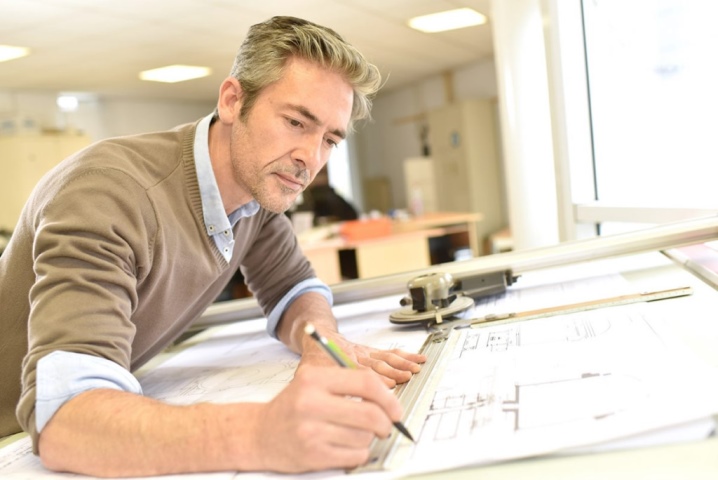
Benches with a backrest look great by the water, along the edge of the plot or near flower beds.
Custom-made designs according to individual preferences will add originality and beauty to the decor of the personal plot. They are located in remote guest areas, where friends and acquaintances are received. They look great not only on the street, but also in the lobby.

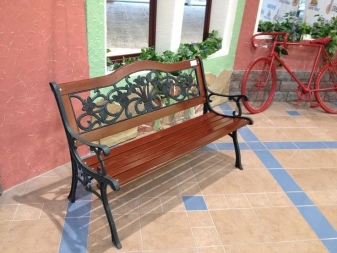
How to do it yourself?
A wooden bench without a back is easy to make with your own hands. Moreover, any available materials can be used. For example, it is quite easy to make a bench from an old door that has already served its life.
- First you need to cut the door leaf in such a way that you get two long and two short parts. But at the same time, of the two long ones, one should be smaller. The larger one is the future backrest, the smaller one is the seat.
- The side parts can also be cut out of the remaining door scraps, and the armrests can be thought out so that they are comfortable.
- All parts are fastened to each other with nails and screws. The entire structure can be reinforced with plywood sheets for reliability.
Optionally, you can decorate the product with metal elements.
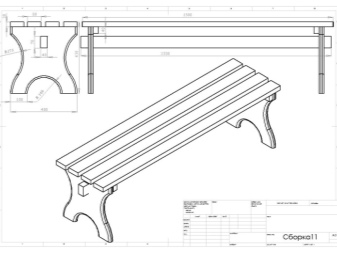
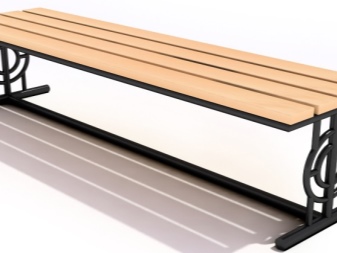
For information on how to make a bench with your own hands, see the next video.













The comment was sent successfully.